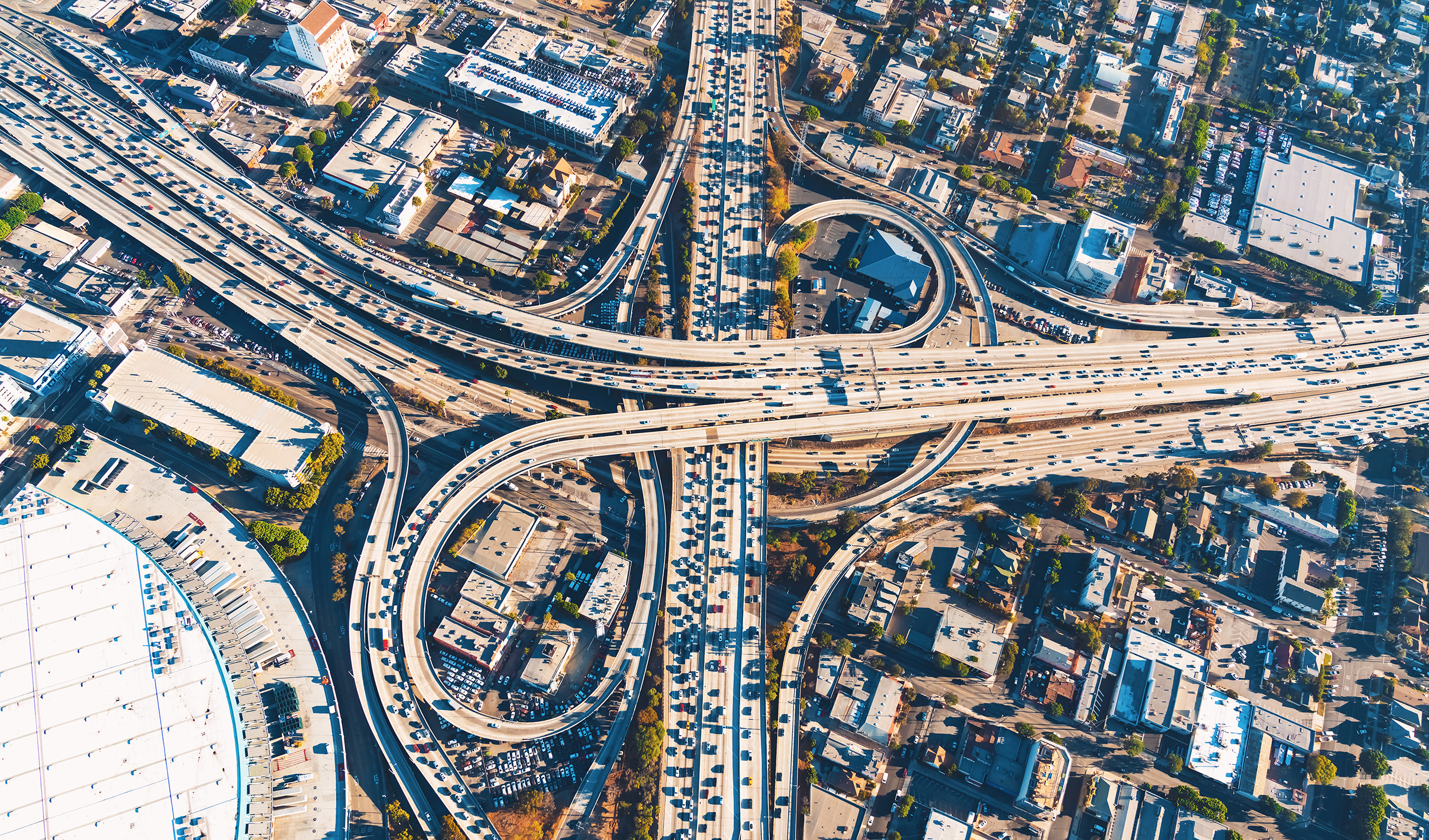
Tell your governor: Stop wasteful highway spending
The bipartisan $1.2 trillion infrastructure deal signed into law in November 2021 has provided a previously near-unimaginable opportunity to invest in transportation in America. With more than half the funding made available under the new law going toward reauthorizing the surface transport- tation program, states now face a choice: spend this money to address dire needs with our transportation system, or squander it on wasteful boondoggle projects.
TAKE ACTION
Former Policy Analyst, Frontier Group
Policy Analyst, Frontier Group
Executive summary
The bipartisan $1.2 trillion infrastructure deal signed into law in November 2021 has provided a previously near-unimaginable opportunity to invest in transportation in America. With more than half the funding made available under the new law going toward reauthorizing the surface transportation program, states now face a choice: spend this money to address dire needs with our transportation system, or squander it on wasteful boondoggle projects. The federal dollars made available through the infrastructure deal could be spent on fixing our aging roads, making our streets safer, and making it easier to travel on transit, by bike or on foot, giving Americans real, viable options for getting around without having to drive.
Alternatively, they could be spent on building and expanding highways.
Every year, tens of thousands of people are killed or injured on America’s roads, and millions more suffer serious health issues as a result of traffic-related air pollution. Tens of millions of Americans lack access to quality public transit or safe places to walk or cycle, leaving them fully dependent on cars, or for those who cannot afford a car or who are physically unable to drive entirely shut off from critical services and opportunities.
And yet, across the country, state and local governments continue to move forward with tens of billions of dollars’ worth of new and expanded highways that do little to address today’s real transportation challenges, while diverting funding from much-needed infrastructure repairs. Highway Boondoggles 7 finds seven highway construction and expansion projects slated to cost a total of more than $22 billion that will harm communities and the environment, while likely failing to achieve the goals they set out to achieve.
Highway expansion harms our health and the environment, doesn’t solve congestion, and creates a lasting financial burden.
States continue to spend billions of dollars on new or expanded highways that fail to address real problems with our transportation system and will create new problems for our communities and the environment.
Questionable projects poised to absorb millions of transportation dollars include:
The bipartisan infrastructure deal signed into law in November 2021, which sets the course of federal transportation policy and funding through 2026, almost doubles the funding provided by the Fixing America’s Surface Transportation Act (FAST Act) that it replaces, providing an historic opportunity to address long-standing problems with America’s transportation system
The Biden administration has made clear its preferences that transportation funding made available through the Infrastructure Investment and Jobs Act (IIJA) should be prioritized for repair, rehabilitation and maintenance of existing infrastructure and investment in “non-motorized modes and transit options that increase safety, accessibility, and/or connectivity” rather than highway construction and expansion.
States now have to choose whether or not to follow that guidance. With more funding available than ever before to spend on addressing the real priorities of 21st century transportation, federal, state and local governments should stop or downsize unnecessary or low-priority highway projects. Specifically, policymakers should:
James Horrox is a policy analyst at Frontier Group, based in Los Angeles. He holds a BA and PhD in politics and has taught at Manchester University, the University of Salford and the Open University in his native UK. He has worked as a freelance academic editor for more than a decade, and before joining Frontier Group in 2019 he spent two years as a prospect researcher in the Public Interest Network's LA office. His writing has been published in various media outlets, books, journals and reference works.
